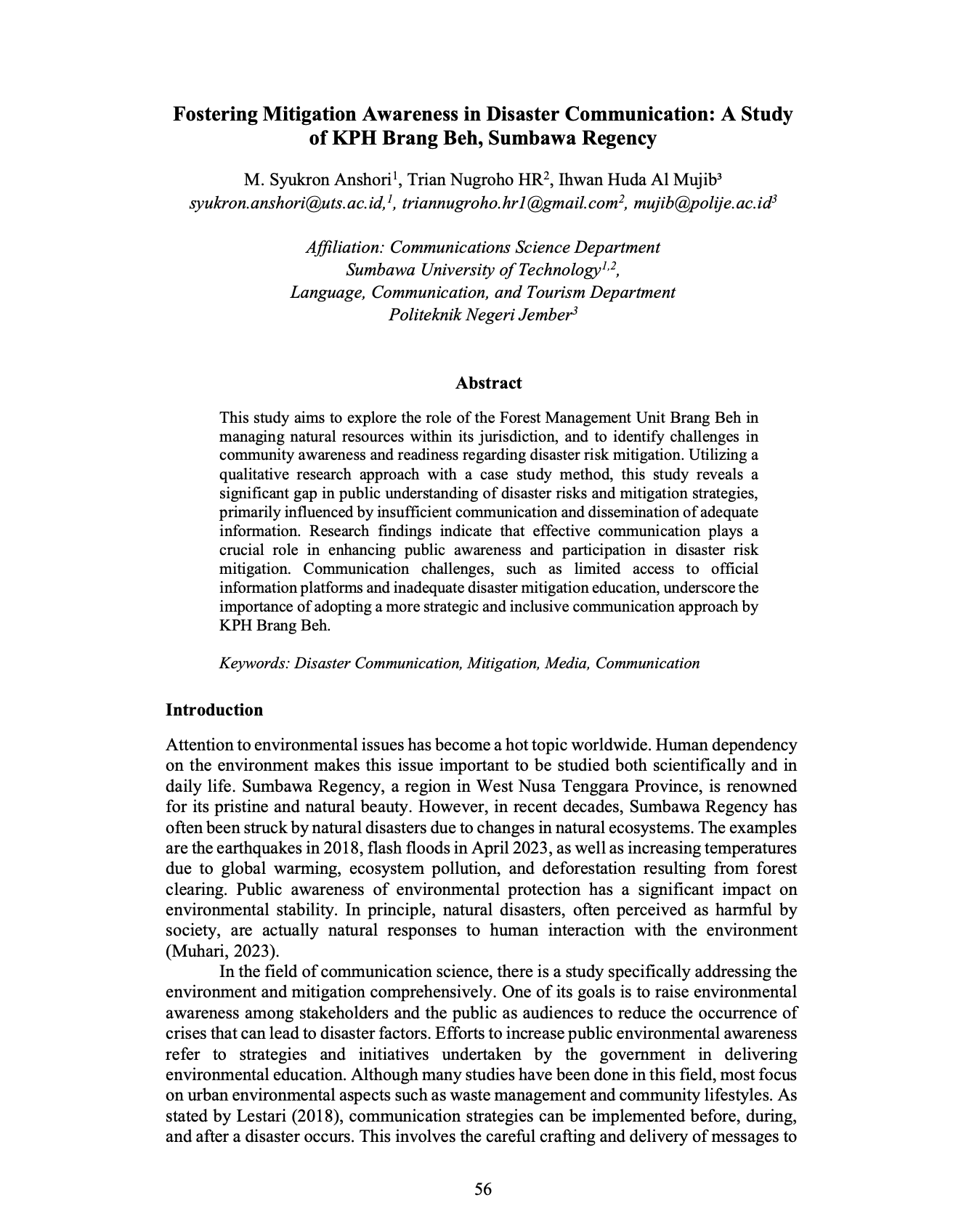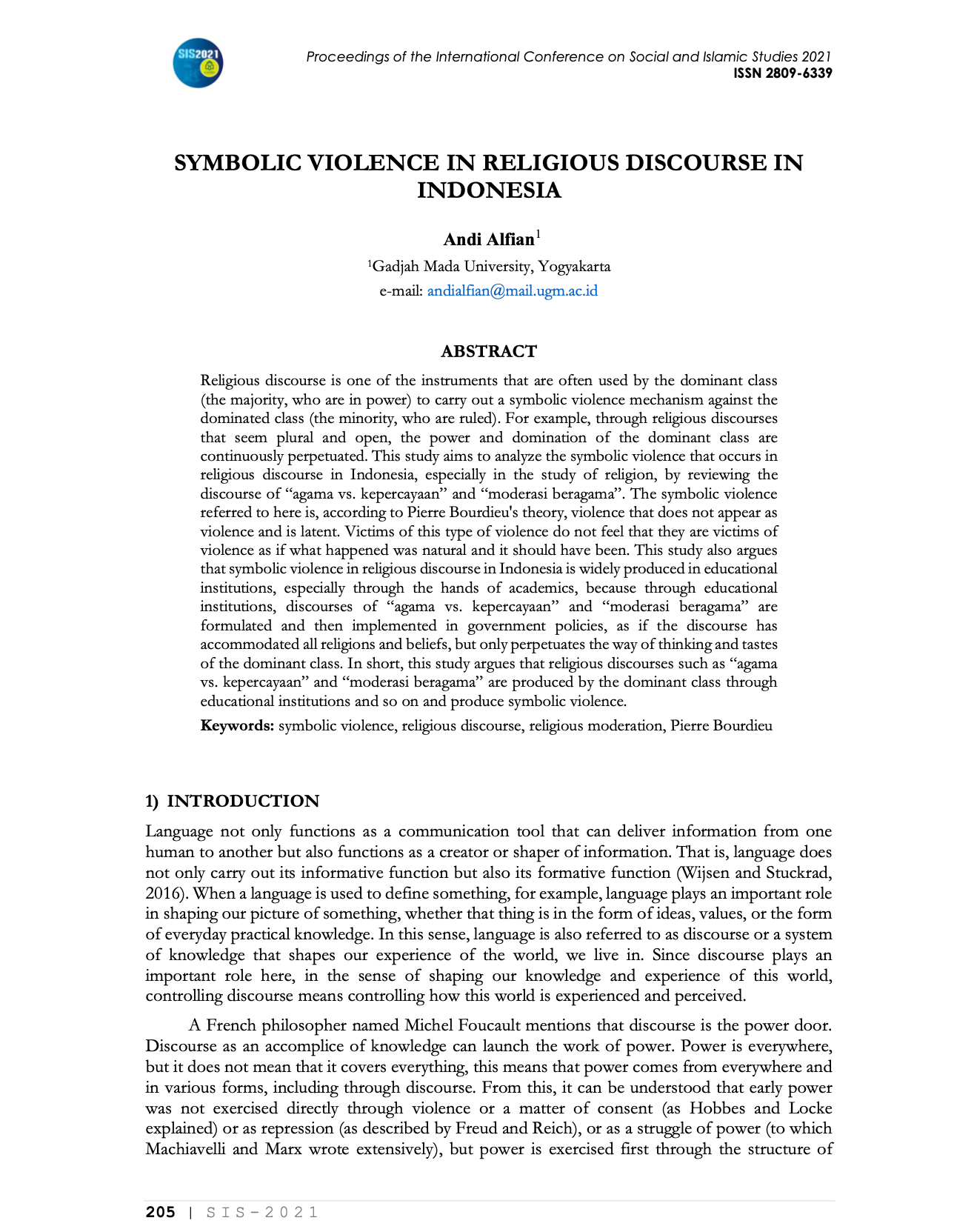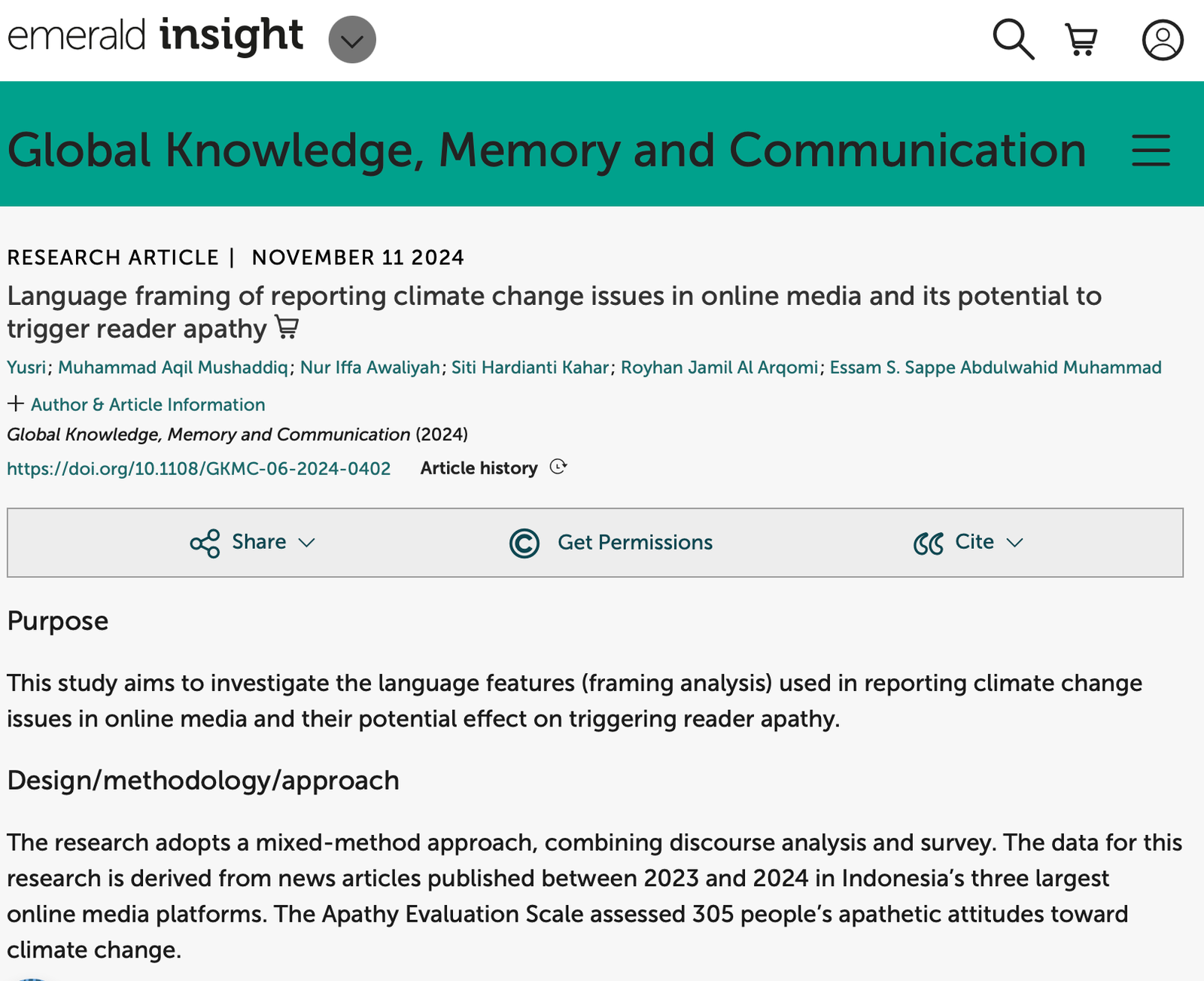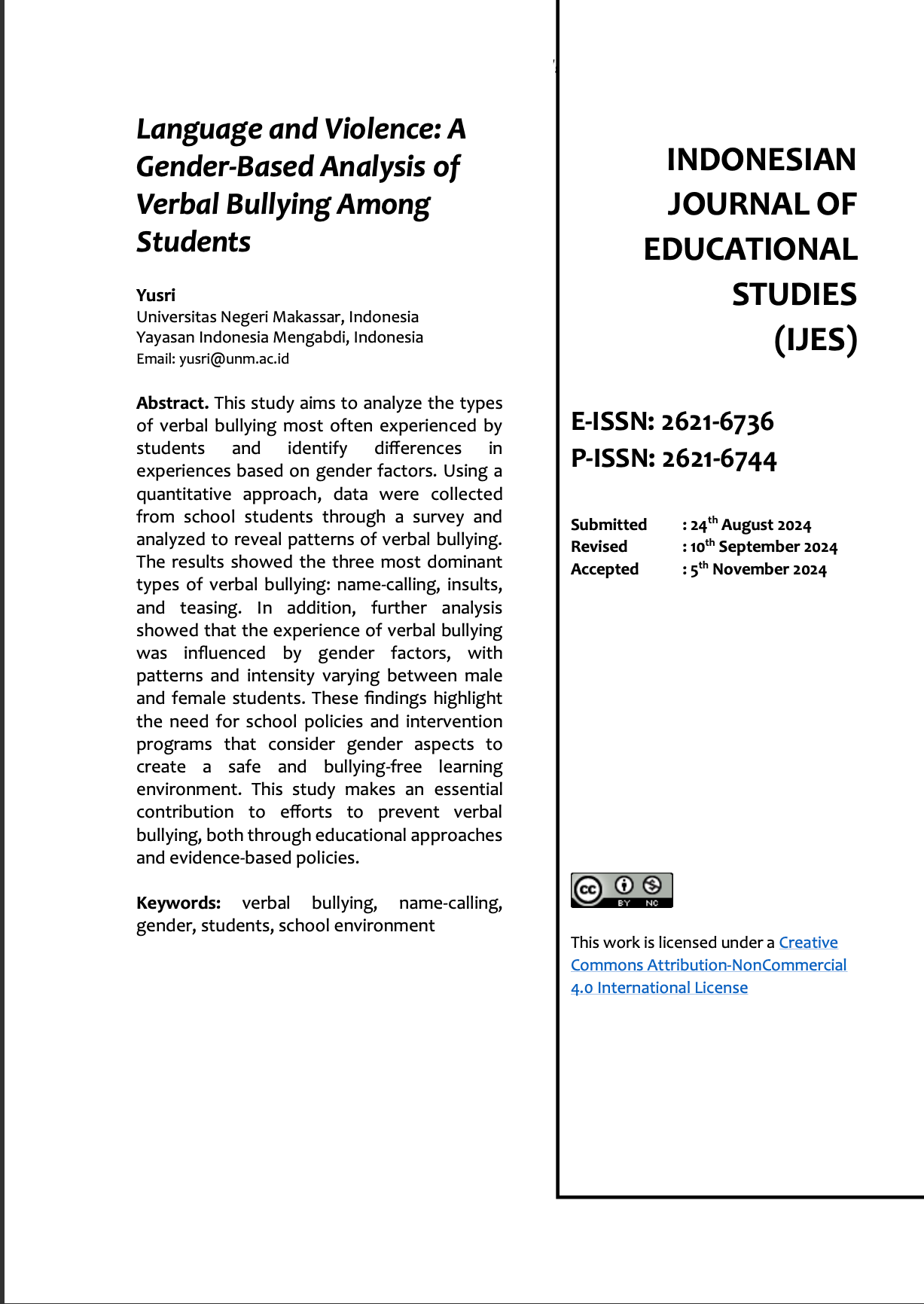📄 Fostering Mitigation Awareness in Disaster Communication: A Study of KPH Brang Beh, Sumbawa Regency
By M. Syukron Anshori, Trian Nugroho HR, & Ihwan Huda Al Mujib

This study looks at how the Forest Management Unit (KPH) Brang Beh in Sumbawa plays a role in raising disaster preparedness among local communities. Although the region often faces floods, earthquakes, and deforestation risks, many residents still lack awareness of how to protect themselves and their environment. The research shows that weak communication, limited information channels, few training opportunities, and lack of follow-up support, keeps people unprepared. At the same time, KPH Brang Beh has the potential to become a hub for disaster education, helping residents understand concrete steps like reforestation, safe land use, and community participation in planning. The study highlights that better communication strategies, using both traditional and digital media, are key to bridging the gap between government programs and local action.
📄 Language Framing of Reporting Climate Change Issues in Online Media and Its Potential to Trigger Reader Apathy
By Yusri, Muhammad Aqil Mushaddiq, Nur Iffa Awaliyah, Siti Hardianti Kahar, Royhan Jamil Al Arqomi, & Essam S. Sappe Abdulwahid Muhammad
How news talks about climate change shapes how people feel about it. This study looked at language use in Indonesia’s biggest online media outlets and asked readers how it influenced their attitudes. The findings show that many people display moderate levels of apathy toward climate change, and the way news is framed, from the focus of the story to the clarity of its sources, can make readers care less rather than more. The research calls for better reporting strategies that avoid triggering apathy and instead spark awareness and action.
📄 Language and Violence: A Gender-Based Analysis of Verbal Bullying Among Students
By Yusri (Universitas Negeri Makassar; Yayasan Indonesia Mengabdi)
Bullying isn’t always physical, words can leave wounds too. In this study, Yusri explores how junior and senior high school students in South Sulawesi experience verbal bullying, such as name-calling, insults, and teasing. These everyday actions, often brushed off as “jokes,” actually affect students’ confidence, emotional wellbeing, and sense of safety at school. The findings show that girls are more likely to face these challenges, pointing to how cultural norms and gender expectations can shape the way bullying plays out. Yusri’s research calls on schools to take verbal bullying seriously and design policies and interventions that are sensitive to gender differences.
📄 Symbolic Violence in Religious Discourse in Indonesia
By Andi Alfian (Gadjah Mada University), Proceedings of the International Conference on Social and Islamic Studies, 2021
 This paper examines how religious discourse in Indonesia often carries hidden forms of domination, described by Pierre Bourdieu as symbolic violence. Through the cases of “agama vs. kepercayaan” (religion vs. indigenous beliefs) and “moderasi beragama” (religious moderation), Alfian shows how dominant groups, mainly the majority religion, set standards that others are forced to follow. These discourses appear inclusive but actually marginalize minority beliefs, making discrimination seem natural and justified. Symbolic violence works subtly through language and policy, but its impacts are profound, sometimes even sparking direct conflict, such as attacks on minority worship places. The study highlights the need to critically reflect on how policies and religious narratives can unintentionally reproduce inequality.
This paper examines how religious discourse in Indonesia often carries hidden forms of domination, described by Pierre Bourdieu as symbolic violence. Through the cases of “agama vs. kepercayaan” (religion vs. indigenous beliefs) and “moderasi beragama” (religious moderation), Alfian shows how dominant groups, mainly the majority religion, set standards that others are forced to follow. These discourses appear inclusive but actually marginalize minority beliefs, making discrimination seem natural and justified. Symbolic violence works subtly through language and policy, but its impacts are profound, sometimes even sparking direct conflict, such as attacks on minority worship places. The study highlights the need to critically reflect on how policies and religious narratives can unintentionally reproduce inequality.


